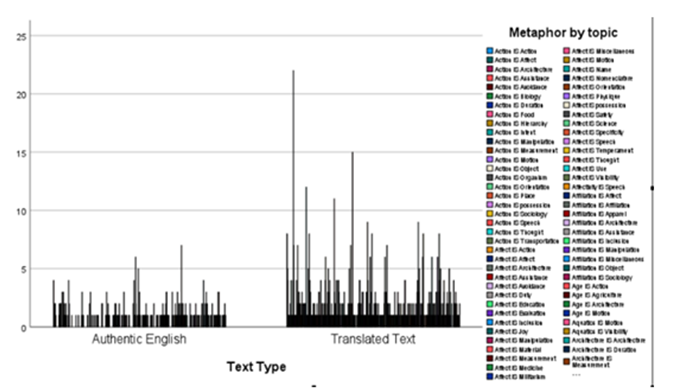Modeling of Metaphor Translation Networks A Machine Learning Approach to Systemic Communication in Chinese-English Government Sustainable Reports
##plugins.themes.bootstrap3.article.main##
Abstract
This study introduces a machine learning-driven framework for modeling and analyzing metaphor translation networks, with a focus on systemic communication in Chinese-English government reports on net-zero emissions. By leveraging advanced natural language processing techniques—including Word2Vec embeddings and the Wmatrix semantic tagging system—our approach quantitatively captures semantic shifts and coherence patterns within large-scale bilingual corpora. The integration of machine learning not only enables scalable and objective pattern recognition of conceptual metaphors but also provides new insights into the dynamics of information transfer and system-environment interactions in complex policy discourse. Our findings reveal significant differences in metaphor network structures and nonlinear semantic shifts between translated and authentic English texts, highlighting the challenges and opportunities for optimizing cross-system communication. This research demonstrates the potential of machine learning to enhance the fidelity and coherence of information exchange across linguistic and cultural boundaries, with implications for the design of intelligent translation and communication systems.

